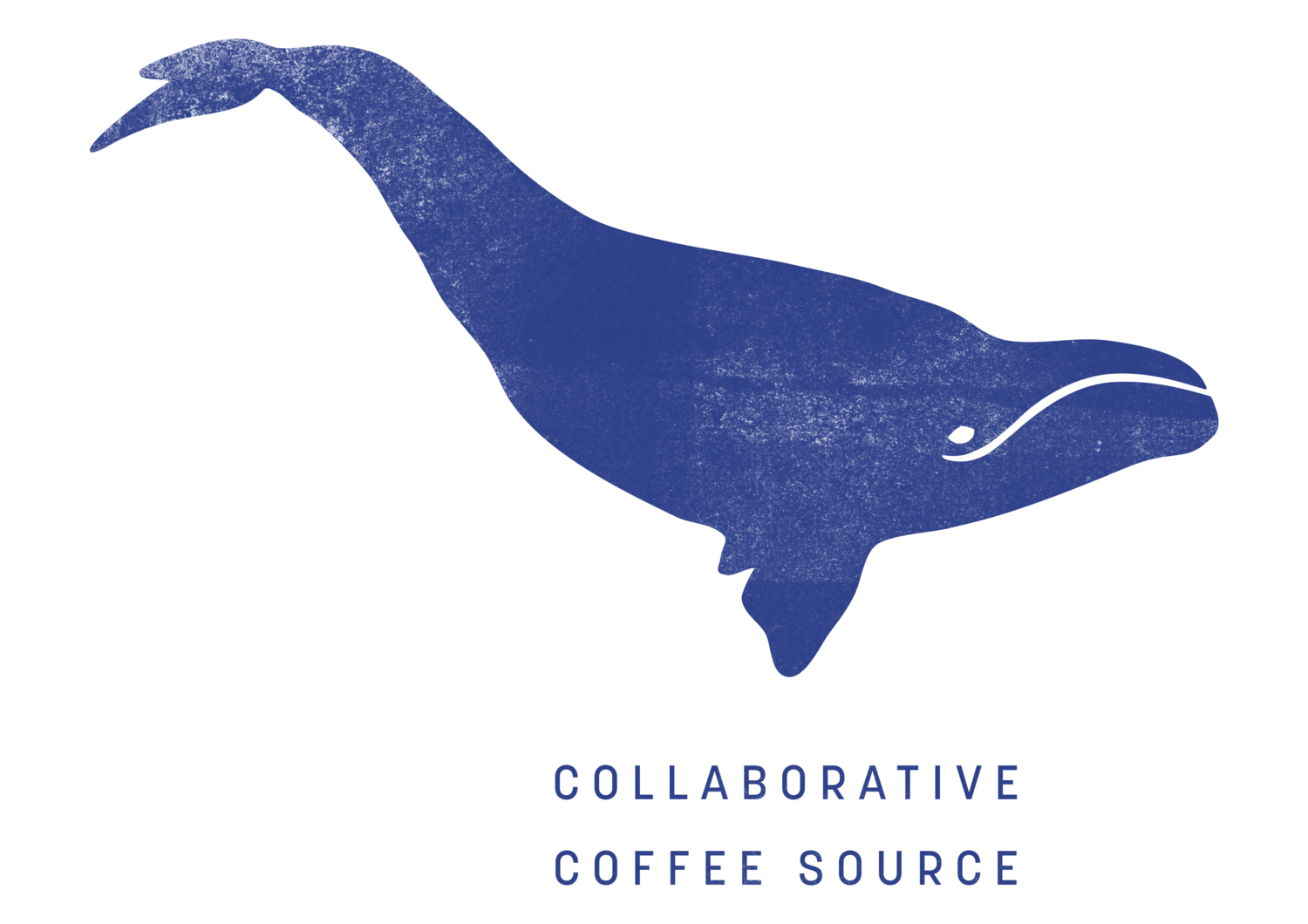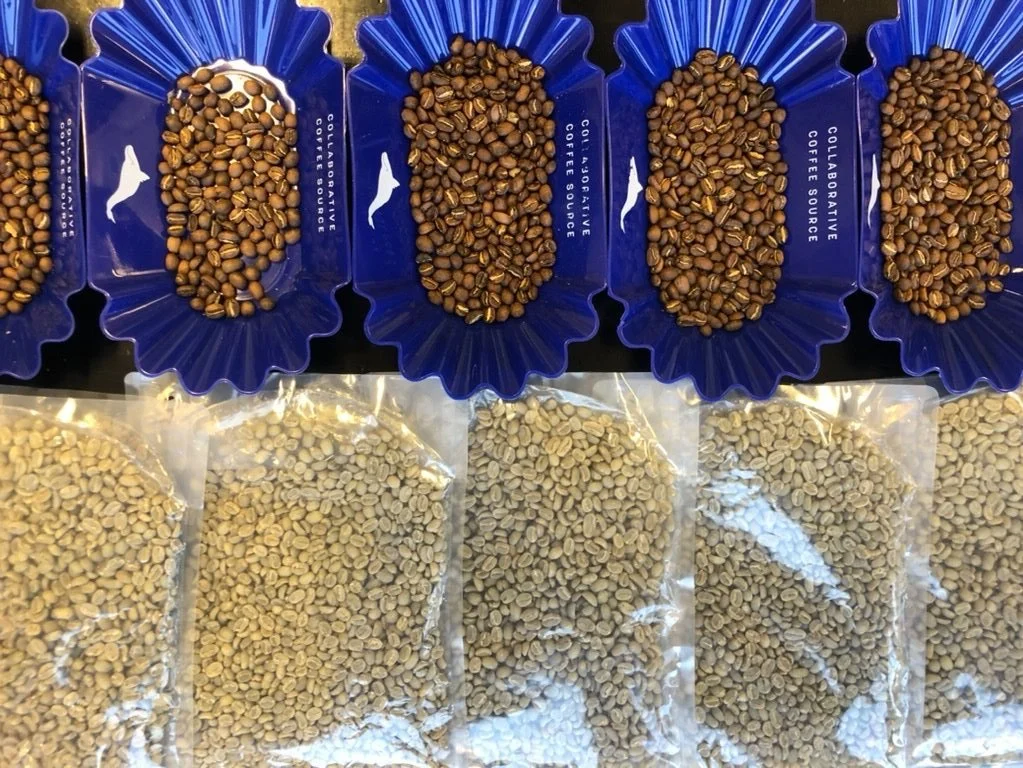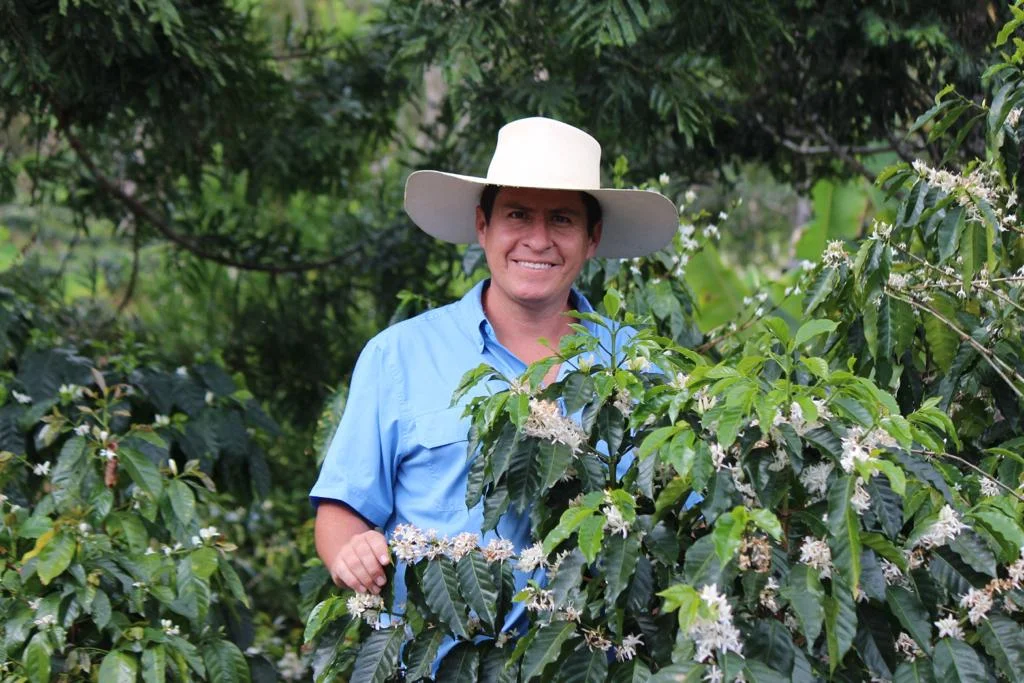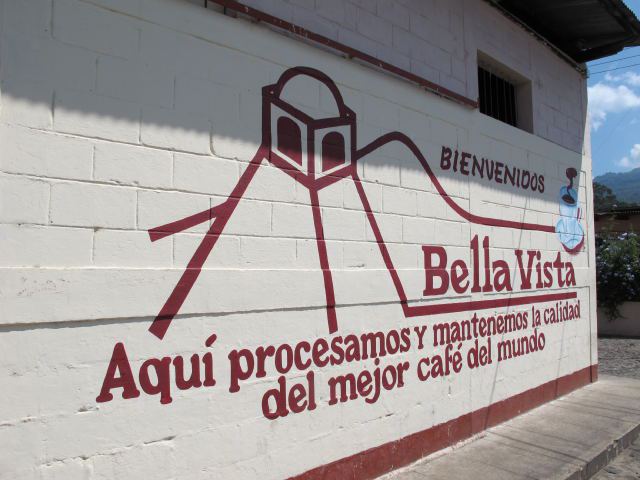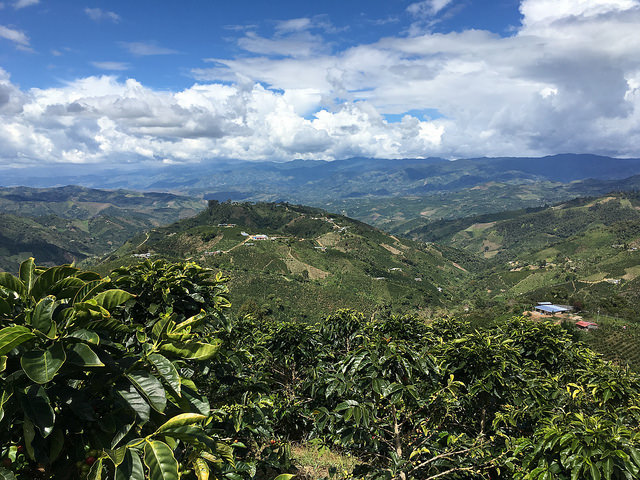Connecting quality coffee with specific farms and their owners has become the specialty coffee norm, which emphasizes cup score, long-term relationships, and transparency. This bodes well for smallholders and roasters alike, as these expectations point to an evolving market; one that is slowly shifting away from purely speculative pricing and is now favouring connections between specific people selling and buying to/from one another.
Kenya, then, has been anomalous from other specialty origins in that much of its best quality lots are sold through a centralized auction and come from cooperatives serving up to 2000 smallholder members each. But contrary to other origins, many of Kenya’s coffee farmers’ cooperatives are impressively run organizations. Many of them actually accomplish what so many cooperatives in other origins fail to do: provide services and disseminate information that help farmers grow great coffee which in turn attracts buyers willing to pay good prices. Kenyan coffee cooperatives are in fact so successful, that some of the highest quality lots in the world come from them: AA and AB lots produced by cooperative factories are consistently the most expensive commercially traded coffees in the world.
To understand how and why coops became so strong, let’s go back to the beginnings of how Kenyan coffee was traded.
A Brief History of the Kenyan Coffee Auction
In the beginning (pre-Depression era), coffee was sold by London traders who took up to six months after the coffee was shipped before paying the farmers. Farmers had to rely on banks to finance them during this period, as well as pay for shipment costs. Further depleting their returns was the fact that coffee was initially dry milled in London, rather than in-country.
By 1926, the Coffee Planters’ Union was established with the aim of helping producers both make better coffee and more money from it. The 1930s was a time of rapid changes within the Kenyan coffee industry with various groups trying different kinds of cooperative and marketing systems, with the result that the Planters’ Union began splitting into smaller cooperative societies. The Thika Planter’s Cooperative Union became the largest and most dominant of these factions, which eventually was replaced by the Coffee Board of Kenya (KPCU), due to political lobbying from farmers and traders.
Until this point, the various planters’ unions and then the Coffee Board of Kenya had focused their efforts on gaining control over processing and curing coffee. So far left out of these movements was the gaining of genuine control over the marketing of Kenyan coffee. The auction was thus borne from the impetus of Kenyan farmers who wanted to gain control over the marketing of their coffee.
The first auction was established in 1931 but did not overthrow the prominence of the London traders. Several other auctions followed to varying degrees of success until in 1937, when the Nairobi Coffee Exchange was opened to widespread support. In addition, a nationwide standard in grading was developed in 1938. This became controlled by the KPCU.
The Rise of the Coffee Smallholder
Land ownership rights will always determine how a coffee sector is structured. With Kenya’s colonial history, early coffee production was represented and controlled by colonial land owners. In 1946, the government (still colonial) began to open rules for who could grow crops where and actively began encouraging indigenous Kenyans to grow cash crops, including coffee.
Then in 1954, a local chief got coffee seedlings from a European friend and began to plant on his farm. While he was initially subject to criminal proceedings, the growing independence movement (“Mau-Mau rebellion”) aided the chief in having his case successfully dropped. Once the rebellion ended, the Director of Agriculture removed restrictions previously allowing for only large plantations to grow coffee. The smallholder revolution had begun.
These days, Kenyan coffee is made up of two main sectors: plantations, made up of ±3,300 farms comprising an area of ±40,000 hectares (ha) of coffee. Within the plantation sector, there are 3000 small estates (<50 ha) and 300 large estates (>50 ha). This accounts for about 25% of Kenya’s coffee planted land. The other 75% is comprised of the coop sector, made up of 270 cooperatives with a membership totalling 700,000 smallholder farmers cultivating 120,000 ha of coffee.
Smallholder cooperatives began building factories/washing stations in the 1960s so that they could process their coffees the way large plantations did. Nowadays, these factories serve up to 2,000 members each. Smallholders, overall, control of 58% Kenya’s coffee production. Not only do they contribute the largest proportion of coffee, they are known for producing the highest quality coffee coming out of Kenya.
Changing Times: The Rising Small Estate Farm
Given Kenya’s coffee history, it is unsurprising that the cooperative has been the dominant seller of Kenyan specialty coffee. Specialty coffee buyers are very used to working with cooperatives and marketing Kenyan coffees in this way. But not all cooperatives are working equally well and it has often proved frustrating for a buyer to align themselves with specific coops and/or factories because of things like corruption, mismanagement issues, and fluctuating quality.
It is for these reasons, traceability concerns, etc., that we have started exploring relationships with both single estates as well as small farmer groups beginning to form micro-coops. As is true at origins with well-developed farm-level marketing, these kinds of partnerships are enticing for even greater quality and relational potential than is possible with big group organizations.
While touring Kirinyaga during early-November this year, we met with the newly established “Slopes of 8” micro-cooperative. As its name implies, this cooperative is made up of eight estates that have banded together to market their coffees together with the aim of establishing long-term relationships with buyers. The project has garnered so much interest from neigbouring farms that the leader of Slopes of 8, Joseph Karaba, is consulting others on how to begin their own micro-cooperatives.
In February, we will hopefully cup lots from a couple of these newly established coops and start some new partnerships.
We have already had a lot of success with one small estate farmer relationship that was established two seasons ago: John Njoroge owner of Kiambu and Kiriani estates, who has produced great coffees for us two seasons in a row. The current harvest will represent our third season working with him and we were thrilled to see that he had invested in and constructed beautiful, sturdy, shaded drying beds, even though the drought brought on by El Niño/La Niña earlier this year has left him with a disappointing volume of coffee this season.
Unfortunately for farmers all over Kenya, the current harvest will lead to lower than average volumes this year, which often leads to higher overall cup quality. Look forward to sharing our selections with you in a few months.
-Melanie
Bibliography
- Block, R. Pearson & C. Tomlinson. Kahawa: Kenya’s Black Gold. C. Dorman LTD. Nairobi, 2005.
